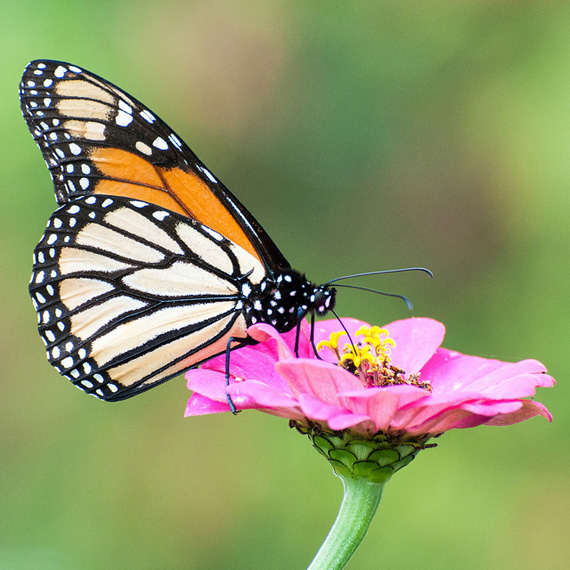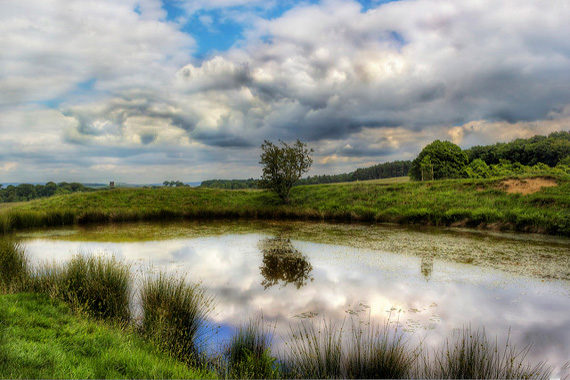Before pressing the shutter on your camera, you have to make many choices regarding exposure (i.e. aperture, shutter speed, and ISO).

Photo by Peter Miller; ISO 1250, f/10.0, 1/250-second exposure.
In theory, there are various technically correct exposure settings, but which is the best creative exposure? Have you thought of the validity of your subject before setting the aperture, shutter speed, and ISO? If not then you haven’t been taking creative photos.
Mathematically there are many correct ways of choosing exposure settings. For instance, let’s say your camera’s meter reading is telling you that a particular scene has a correct exposure of aperture f/4 and 1/100 shutter speed. Let’s assume ISO is set to 200). While a combination of f/4 and 1/100 is one way of getting a correct exposure, so is f/5.6 and 1/50, f/8 and 1/25, f/11 and 1/13, etc. Whenever the aperture “stops down” (increases in number), the shutter speed gets longer. Knowing that there are many different ways to get a correct exposure is the key to understanding how to take creative photos.
Let’s say you are in a meadow of flowers. We will discuss two different types of photos and the creative settings to use. The intention of the first photo is to single out one red rose and blur the background. The camera meter is telling you that at f/4, the correct shutter speed to use is 1/200. Like discussed, you could use any combination of aperture and shutter that gives a correct exposure, but for this exercise we want to think creatively and produce a photo based on our intention. Since our goal is to creatively blur the background, we want to choose a low aperture setting (wide opening).
By selecting any aperture between f/2.8 and f/5.6, generally speaking we should be able to blur the background. To simplify, let’s choose f/2.8. By selecting f/2.8 the correct shutter to use is 1/400. By using the combination of f/2.8 and 1/400, not only did we get a correct exposure but we achieved our creative insight by blurring the background, yet keeping the single rose in focus.
Our second example uses a large depth of field. The intention for the second photo is to include the red rose in the foreground as well as the mountain in the background. For this photo we want everything sharply in focus. The camera meter reading is f/4 and 1/200. Although the exposure is mathematically correct, this will not achieve our creative goal. At f/4, the entire background will be blurry.

Photo by Highlights6.
Therefore, by thinking creatively we know we need to achieve depth of field. We know we need to stop down our camera to an aperture around f/16 to f/22. To simplify, lets choose f/22. At f/22 our shutter speed increases to 1/6. The combination of aperture f/22 and shutter speed 1/6 produced a correct exposure and also achieved our creative goals.
Photography is not about creating technically perfect photographs. Technically perfect photographs can be very mundane and are usually boring. By utilizing creativity, we can achieve technically correct photos, and at the same time produce stunning, compelling pictures with our creative vision.
About the Author:
This article was written by Stefan Hofer (stefanhofer.org). A creative photography enthusiast.
Go to full article: How to Use Exposure Settings Creatively
What are your thoughts on this article? Join the discussion on Facebook
PictureCorrect subscribers can also learn more today with our #1 bestseller: The Photography Tutorial eBook
The post How to Use Exposure Settings Creatively appeared first on PictureCorrect.
from PictureCorrect https://ift.tt/2Dggorx
via IFTTT








0 comments:
Post a Comment